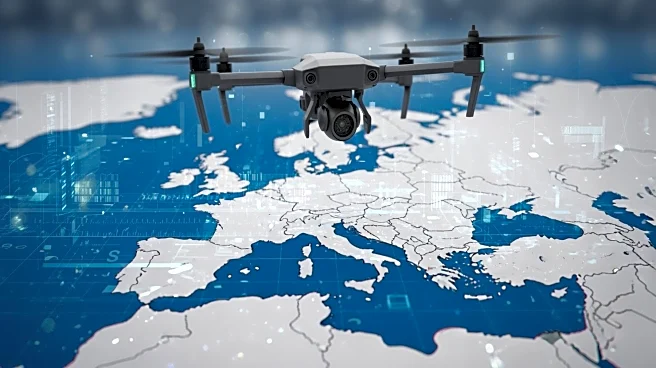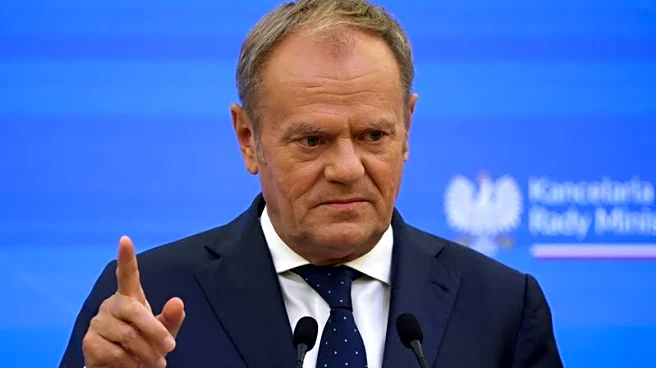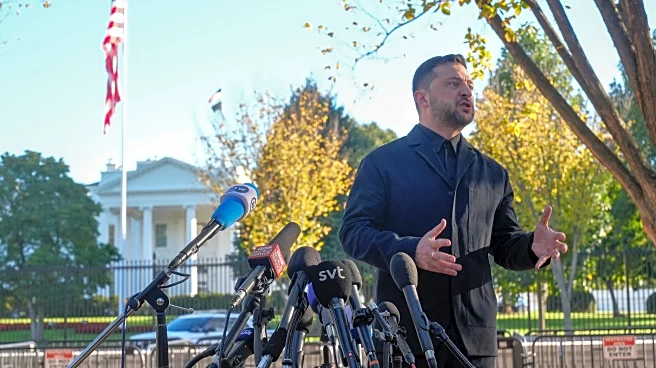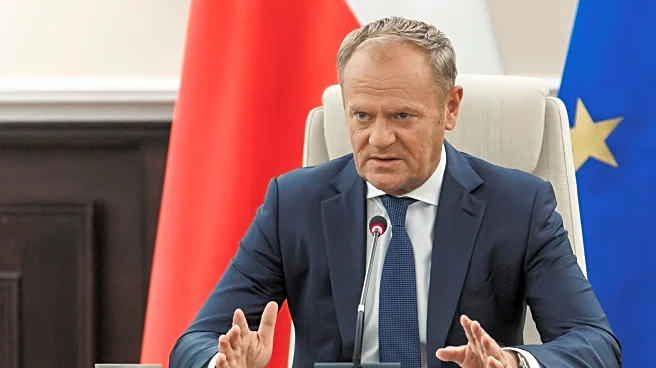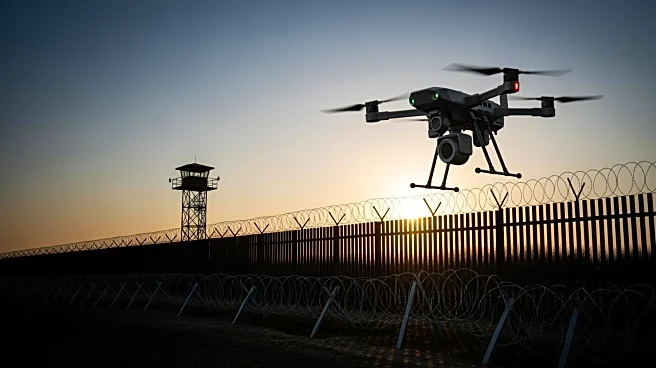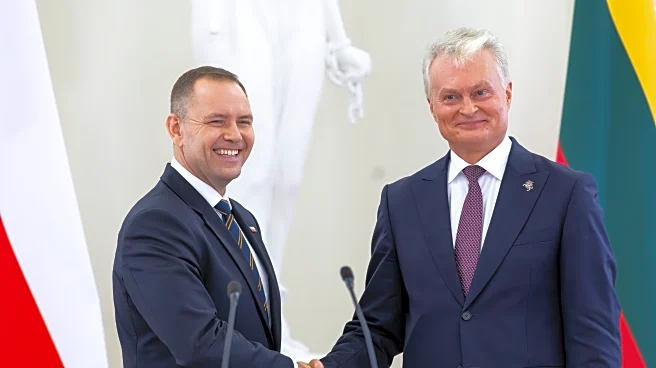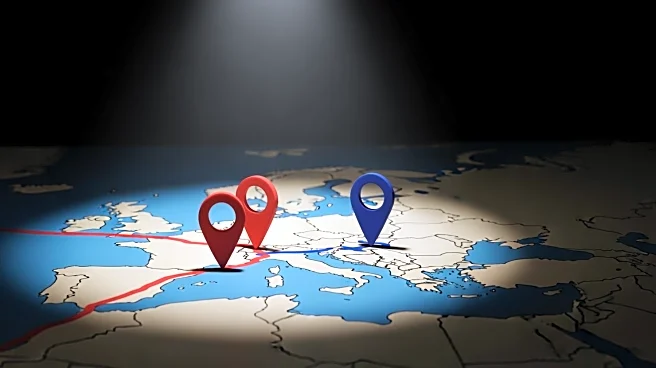What's Happening?
Recent incursions by Russian drones into Polish airspace have prompted swift investigations by Warsaw, highlighting a serious violation of NATO territory. However, the physical threat was accompanied by a digital assault, as social media platforms were
flooded with disinformation suggesting the drones were Ukrainian and part of a 'false flag' operation. This incident is seen as a test of NATO's readiness and has triggered one of the most coordinated disinformation campaigns in recent memory, according to researchers. The spread of false narratives has been facilitated by platform algorithms, leading to confusion and division among the public.
Why It's Important?
The drone incursions and subsequent disinformation campaigns underscore the evolving nature of hybrid warfare, where physical provocations are coupled with digital manipulation. This strategy aims to sow discord and undermine trust in NATO's defensive capabilities. The ability to rapidly disseminate false information poses a significant challenge to national security, as it can influence public perception and policy decisions. European leaders are increasingly viewing these tactics as a threat that requires enhanced countermeasures and public awareness to safeguard democratic institutions.
What's Next?
European governments are likely to intensify efforts to counter both drone threats and disinformation. Initiatives such as the European Commission's proposed 'drone wall' and programs to monitor online manipulation are expected to gain momentum. Additionally, NATO may conduct further investigations to determine the origin and intent behind these incursions, potentially leading to increased defense spending and strategic adjustments. Public officials will continue to address misinformation, aiming to restore confidence in NATO's security measures.
Beyond the Headlines
The incident highlights the broader implications of disinformation as a tool for geopolitical influence. It raises ethical concerns about the role of social media platforms in spreading false narratives and the responsibility of governments to regulate digital content. The situation also reflects historical tensions between Russia and Eastern European countries, emphasizing the need for vigilance and resilience in the face of hybrid threats.
